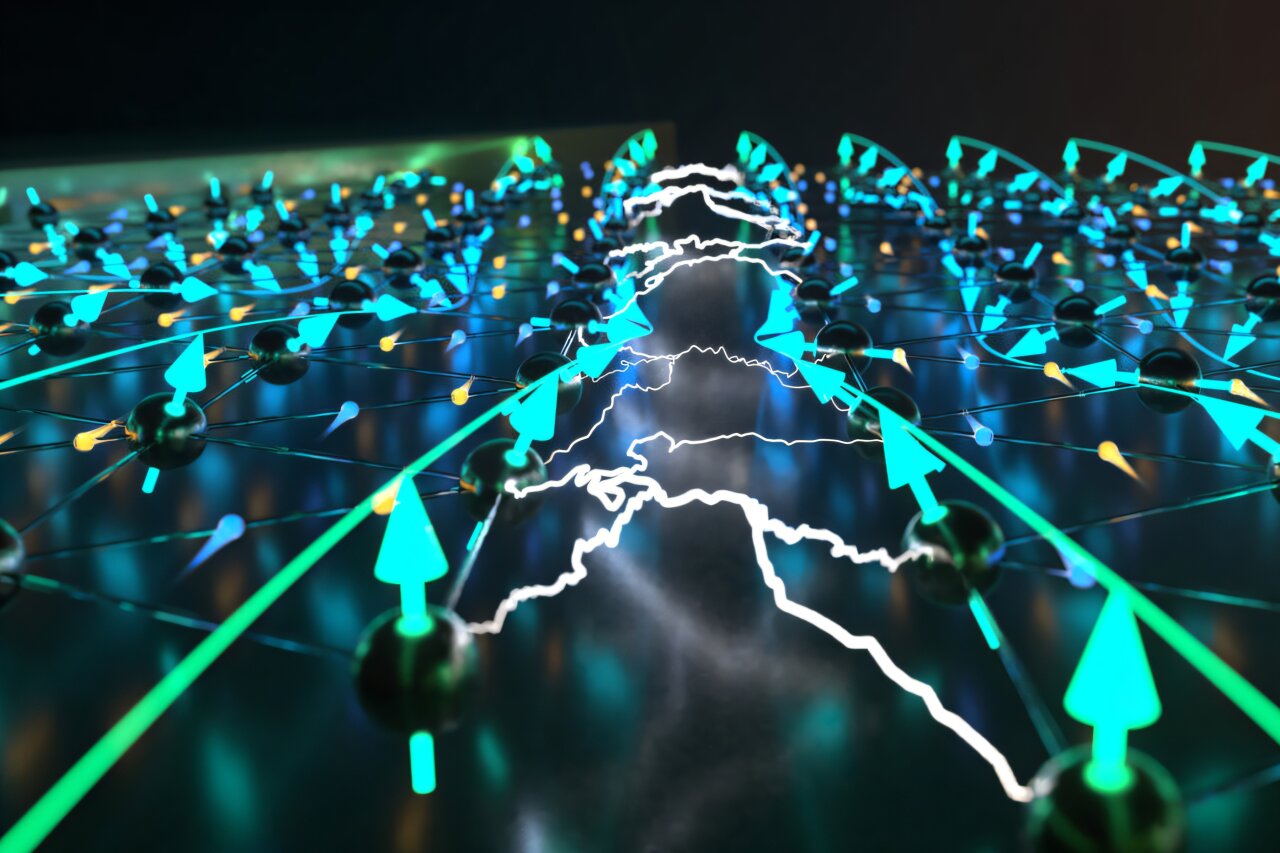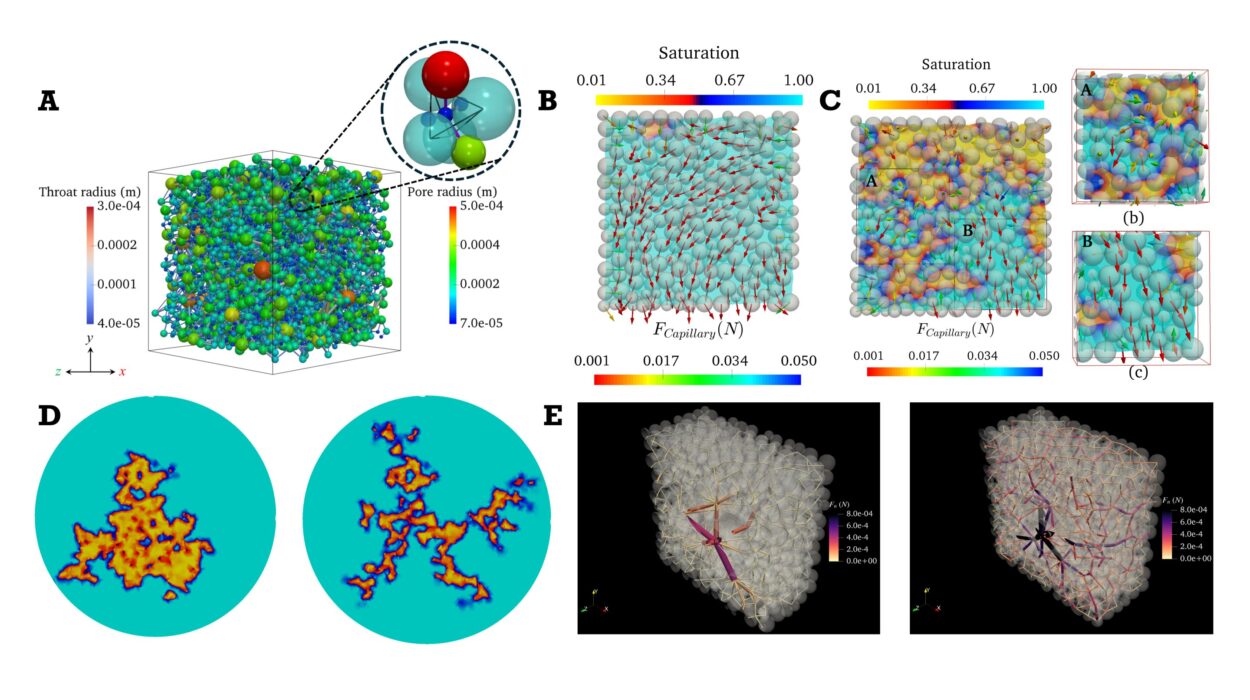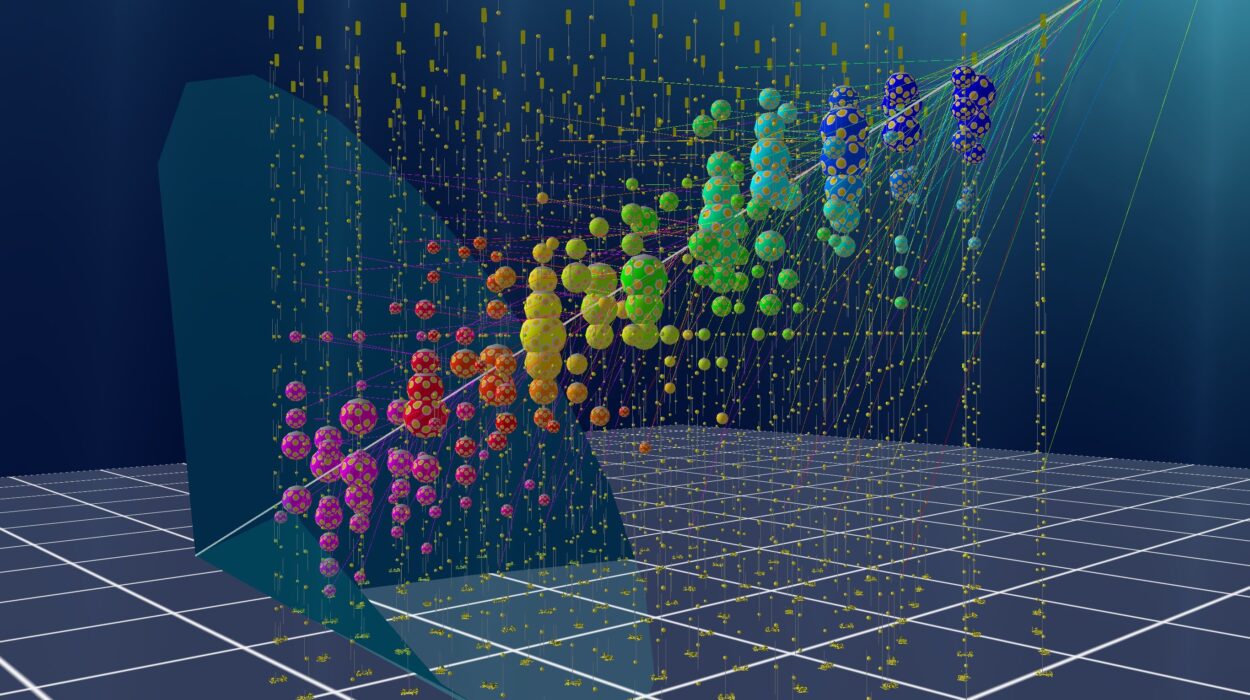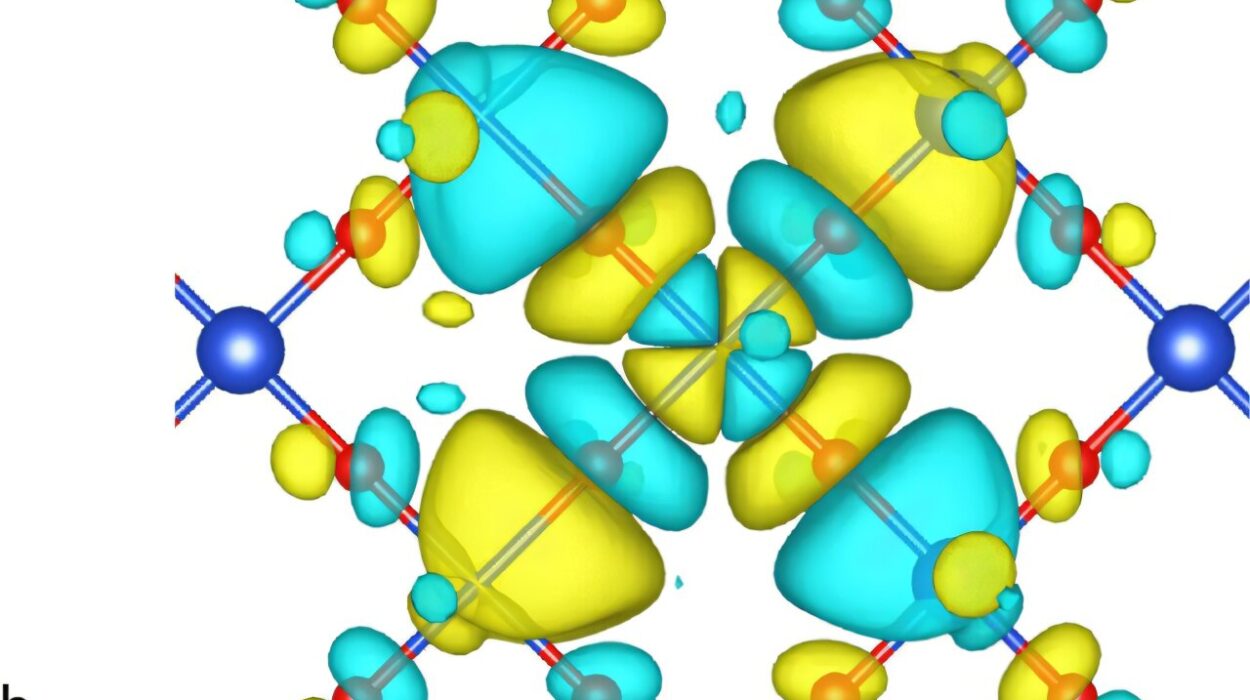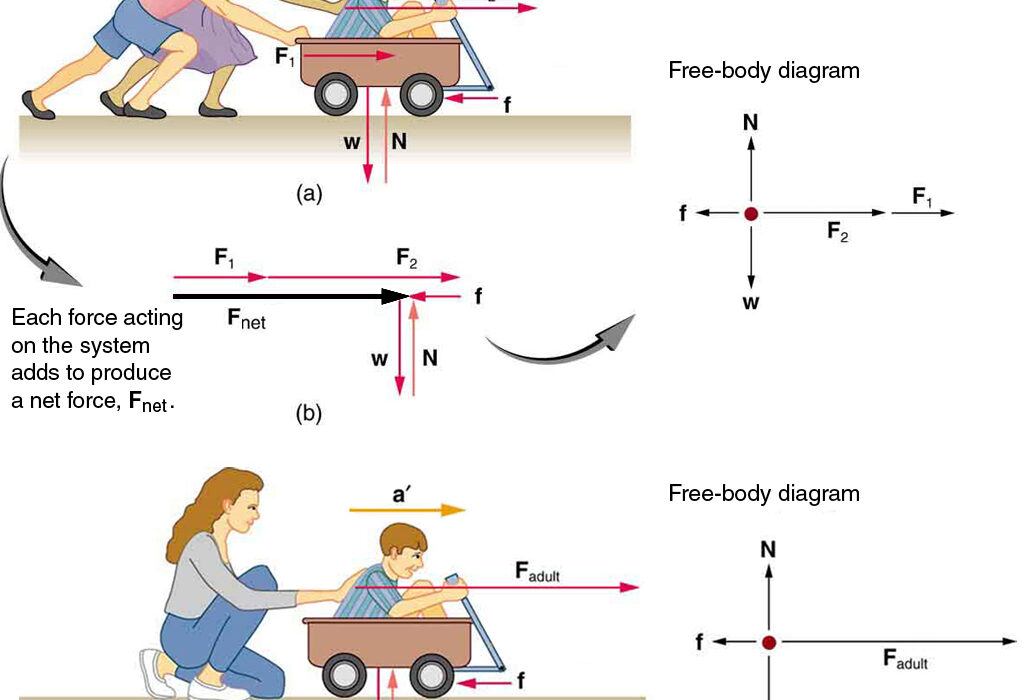Magnetism is a force so familiar and yet so fundamental that we often take its secrets for granted. It sticks photos to refrigerators, points compasses north, and underpins much of our modern electronics. But beneath its everyday appearance lies a world of astonishing complexity—quantum alignments, electron spins, and lattice geometries that determine the fate of materials. Now, a team of physicists from MIT has cracked open an entirely new chapter in this world: the discovery of a novel magnetic state known as p-wave magnetism.
This breakthrough is more than just a scientific curiosity. It lays the groundwork for a revolution in spintronics, a nascent technology that could surpass traditional electronics by encoding information not in the charge of electrons, but in their spin—a quantum property akin to a tiny internal compass. The promise? Computers and memory chips that are denser, faster, and vastly more energy-efficient than anything we’ve built before.
Let’s dive deep into this fascinating story—into the spiraling world of atomic spins, quantum handedness, and a magnetic dance that may change the future of computing.
The Classical Cast: Ferromagnets and Antiferromagnets
To understand what makes p-wave magnetism so extraordinary, we first need to explore the two major players in the conventional magnetic world: ferromagnetism and antiferromagnetism.
In ferromagnets—materials like iron or the magnets on your fridge—electrons align their quantum spins in the same direction. These spins are quantum mechanical properties of electrons that give rise to magnetic moments. When millions of these tiny magnetic moments line up, they create a macroscopic magnetic field. It’s what gives a compass needle its direction and makes a fridge magnet stick.
Antiferromagnets, by contrast, feature a more subtle dance. Electrons in neighboring atoms align their spins in opposite directions—one up, one down—resulting in a precise cancellation of magnetic moments. On the macroscopic scale, antiferromagnets seem magnetically silent, but their internal dynamics are rich and intricate.
Until now, magnetism has been largely described by variations and combinations of these two forms. The discovery of p-wave magnetism, however, defies this dichotomy.
Discovery in the Lab: A Material Called Nickel Iodide
The MIT team, led by Riccardo Comin, Qian Song, and collaborators from institutions including the University of Illinois Urbana-Champaign, focused their investigation on a material called nickel iodide (NiI₂)—a layered, two-dimensional crystalline compound.
At a glance, nickel iodide seems unremarkable. But at the atomic scale, its structure reveals a triangular lattice—a repeating pattern of nickel and iodine atoms arranged like tiny tessellations. In this crystal, nickel atoms contribute the magnetic behavior while iodine atoms act as passive spacers.
In 2022, Comin’s group discovered something unusual in NiI₂: spiral spin ordering. Instead of aligning neatly like rows of dancers, the electron spins in NiI₂ twisted into spirals, curling through the crystal like choreographed whirlpools. What’s more, these spirals could be left-handed or right-handed, mirror images of each other like human hands.
It was beautiful, but at first, they didn’t grasp the full implications. That insight would come from a theoretical spark.
A Theoretical Leap: The Birth of “P-Wave” Magnetism
The breakthrough came with the help of theorist Rafael Fernandes and others, who were intrigued by the spiral spin structure. They saw something potentially radical in the geometry. It matched a theoretical construct that had been recently proposed: p-wave magnetism.
In this exotic magnetic state, electrons traveling in opposite directions have spins that are also oppositely aligned—an unusual coupling of motion and spin that hadn’t been observed before. It’s the magnetic equivalent of a traffic rule where drivers going east always drive red cars, and those going west always drive blue ones, no exceptions.
Fernandes realized that the spiral arrangement in NiI₂ could naturally produce this alignment—what theorists call p-wave spin polarization. If this could be shown in experiments, it would confirm a brand-new state of magnetism.
The stage was set. All that remained was for the experimentalists to prove it.
Testing the Theory: Polarized Light and Electric Fields
To observe this strange behavior, the MIT team created ultra-thin flakes of NiI₂—just a few tens of nanometers thick and microns across—by peeling layers off larger crystals synthesized in a high-temperature furnace. These flakes formed pristine, two-dimensional platforms for testing the nature of the spiral spin ordering.
Their tool of choice? Circularly polarized light. This light rotates either clockwise or counterclockwise, depending on its polarization, creating an oscillating electric field that can interact with electron spins. If the electrons in NiI₂ did exhibit p-wave magnetism, then their spins should respond differently to the different polarizations of light.
The result was a resounding confirmation. The direction of the spiral spin order dictated the spin direction of traveling electrons—and this in turn determined how they responded to the light. This was a direct fingerprint of p-wave magnetism.
But the real surprise came next: the team found that by applying a tiny electric field, they could flip the handedness of the spiral spin pattern, switching it from left-handed to right-handed—and vice versa.
This ability to control spin direction using electrical inputs is the holy grail of spintronics.
The Promise of Spintronics: Beyond Binary Charges
Traditional electronics rely on shuttling electron charges around circuits. This process generates heat, wastes energy, and imposes limits on speed and density. Spintronics sidesteps these issues by exploiting the quantum spin of electrons as an information carrier, rather than their charge.
Instead of “on” and “off” represented by the presence or absence of charge, spintronics can encode data in whether an electron’s spin is “up” or “down.” This allows for the creation of nonvolatile memory—memory that retains information even without power—and devices that operate at lower voltages and higher speeds.
The p-wave magnetism observed in NiI₂ offers a powerful tool for this vision. Because the handedness of the spiral spin order directly influences the spin of moving electrons, and because this handedness can be flipped electrically, data could be written and erased simply by tweaking the spin spiral.
No moving parts. No current flow. Just subtle tweaks to quantum order.
MIT physicist Qian Song emphasized the magnitude of this discovery: “We just need a small electric field to control this magnetic switching. P-wave magnets could save five orders of magnitude of energy. Which is huge.”
Practical Limits and Future Challenges
There is, however, one caveat: the exotic behavior of NiI₂ only appears at ultracold temperatures, around 60 Kelvin, or -213°C. This is below the temperature of liquid nitrogen and far too cold for commercial devices.
But physics is a game of dominoes. Discover one mechanism in one material, and you start the search for others—stronger, warmer, more versatile. The same quantum geometry that allows NiI₂ to support p-wave magnetism may exist in other compounds, perhaps ones that operate at room temperature.
That’s the next great frontier: identifying and synthesizing new materials that support spiral spin orders and p-wave magnetism at practical temperatures. Already, theorists and experimentalists are combing through candidate materials—van der Waals magnets, layered transition metal dichalcogenides, even engineered heterostructures.
It’s not just about making a better magnet. It’s about reinventing the logic of electronics.
A Quantum Shift: Why This Matters
P-wave magnetism joins a growing pantheon of exotic quantum states—like superconductivity, topological insulators, and quantum spin liquids—that defy classical intuition and open unexpected doors.
Its discovery affirms the importance of fundamental research—of looking deeply into “simple” materials and asking abstract questions about symmetry, order, and quantum motion. The work at MIT exemplifies the interplay between theory and experiment, between imagination and instrumentation.
And if this magnetic choreography can be performed at room temperature, it could spark a genuine revolution in computing.
Imagine smartphones that never overheat. Servers that run at a fraction of today’s energy costs. Memory that lasts for decades with no power. A leap beyond silicon, guided not by electrons moving down wires, but by the silent spin of quantum particles dancing through spirals of crystal.
The discovery of p-wave magnetism is a rare moment in science—a glimpse into nature’s hidden architecture, and a call to engineers and dreamers: The next great machine may not hum with electricity, but sing with spin.
Reference: Qian Song et al, Electrical switching of a p-wave magnet , Nature (2025). DOI: 10.1038/s41586-025-09034-7
